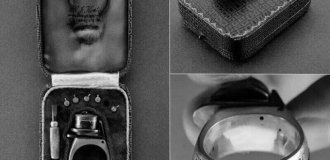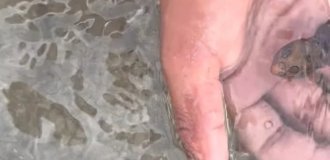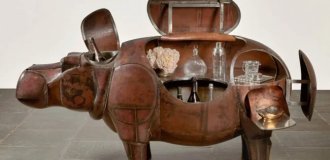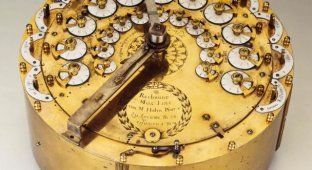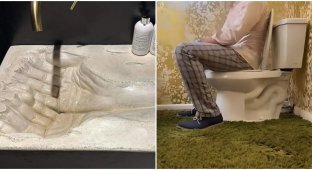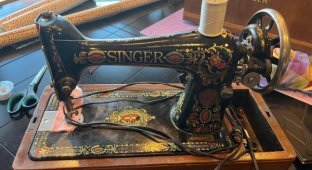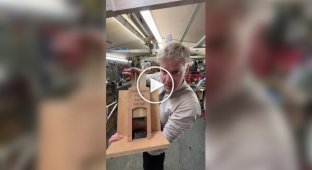18 interesting antique objects that are hundreds of years old and still look cool (19 photos)
Some things from the past have survived not only time but also changing tastes—and still look as if they were made yesterday. This isn't museum dust, but true aesthetics: graceful lines, details, thoughtfulness, and a beauty that never gets old. 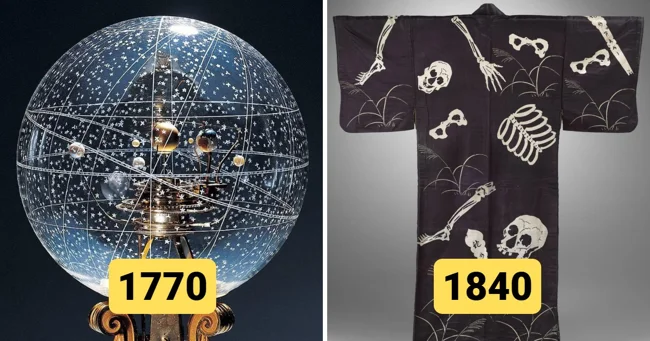
Some things from the past have survived not only time but also changing tastes—and still look as if they were made yesterday. This isn't museum dust, but true aesthetics: graceful lines, details, thoughtfulness, and a beauty that never gets old. People of past centuries clearly knew how to invest things with more than just function. So, when you look at such objects, you begin to feel a strange respect—as if people already knew all the answers back then.
Calculating machine created by inventor Philipp Matthäus Hahn, Germany, 1770–1774 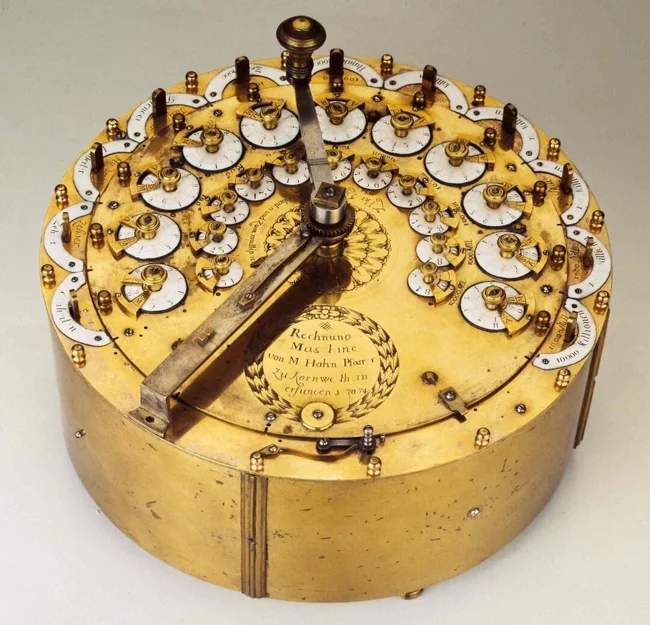
This was the first 4-in-1 calculator—capable of addition, subtraction, division, and multiplication.
Treasury in the shape of a foot from Basel Cathedral, 1450 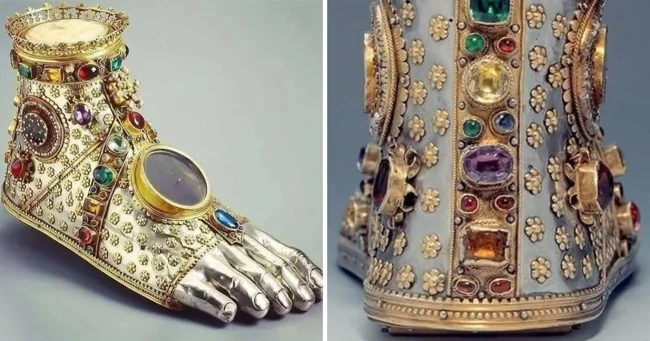
Reliquary made of silver, copper, gold, pearls, enamel, precious stones, and glass.
A hand-carved grasshopper, dated between 1800 and 1700 BC in Ancient Babylonia. 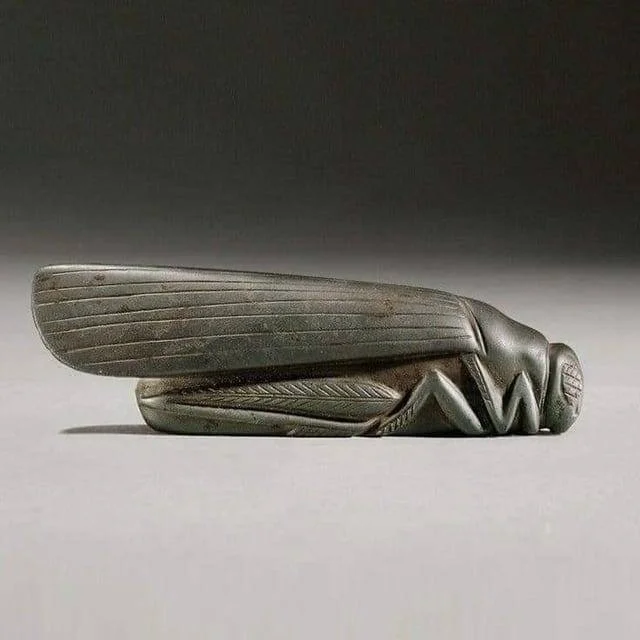
Kimono decorated with skeletons, Japan, 1840–1860 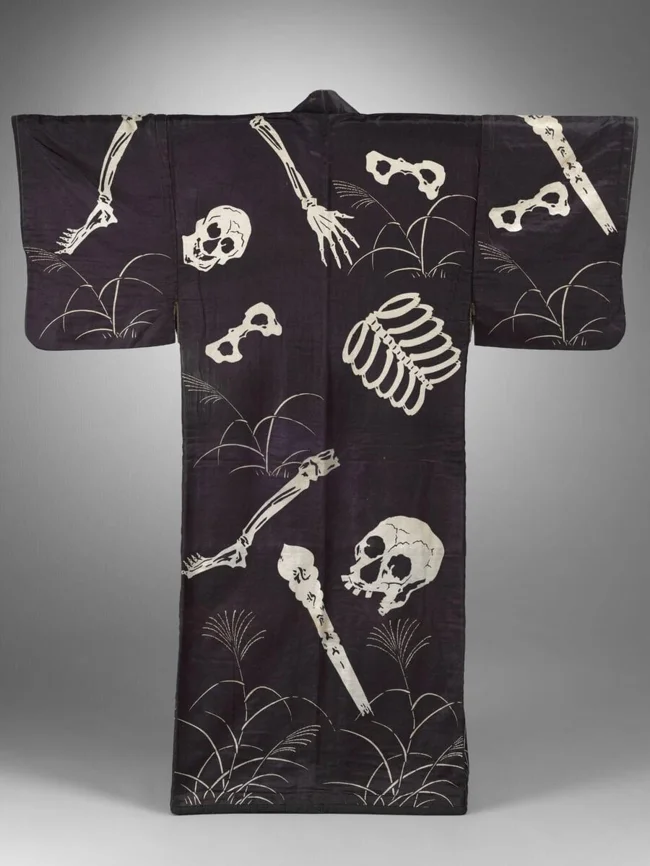
A Turkish tent captured by Polish troops during the Battle of Vienna in 1683 years 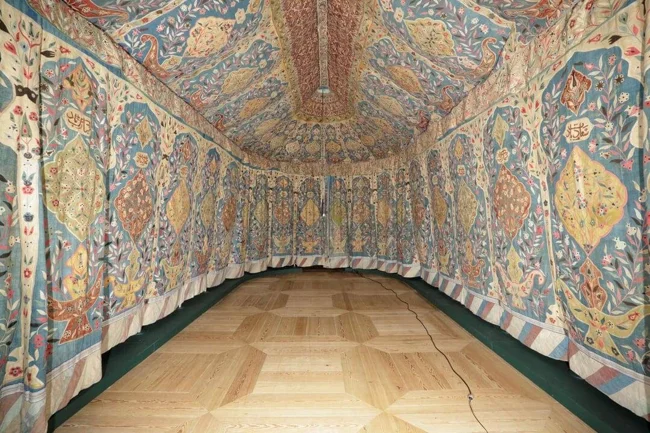
Made of linen and cotton.
"The Vampire," sculpture by Agathon Léonard, France, 1903 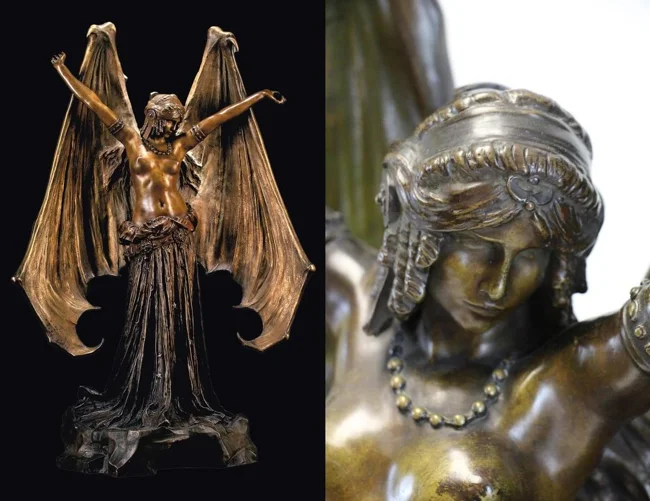
Desk clock with a solar system in a sphere, 1770s 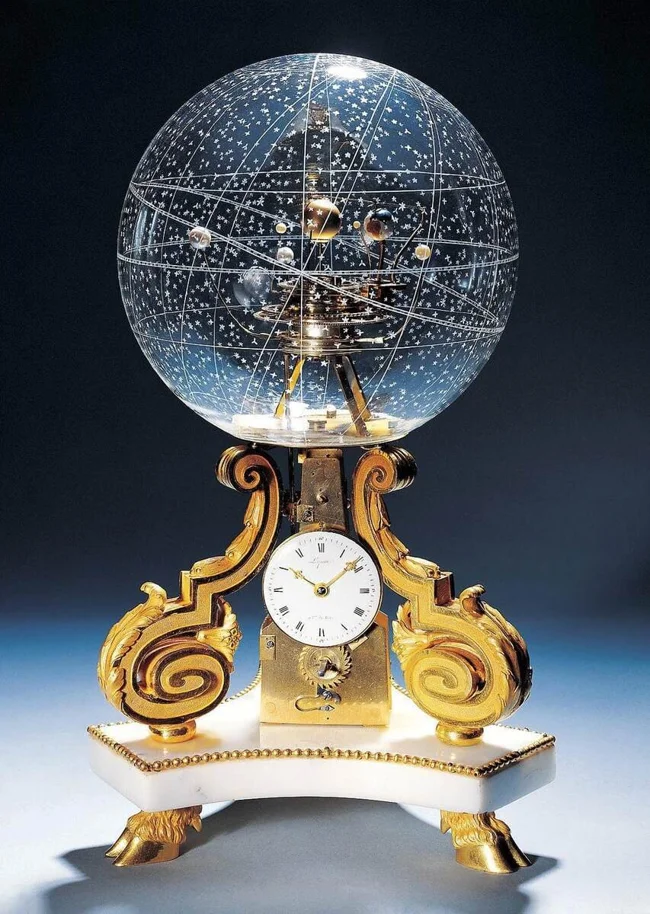
Persian royal rhyton, made of pure gold. Dating back to the Achaemenid Empire, 550–330 BC. 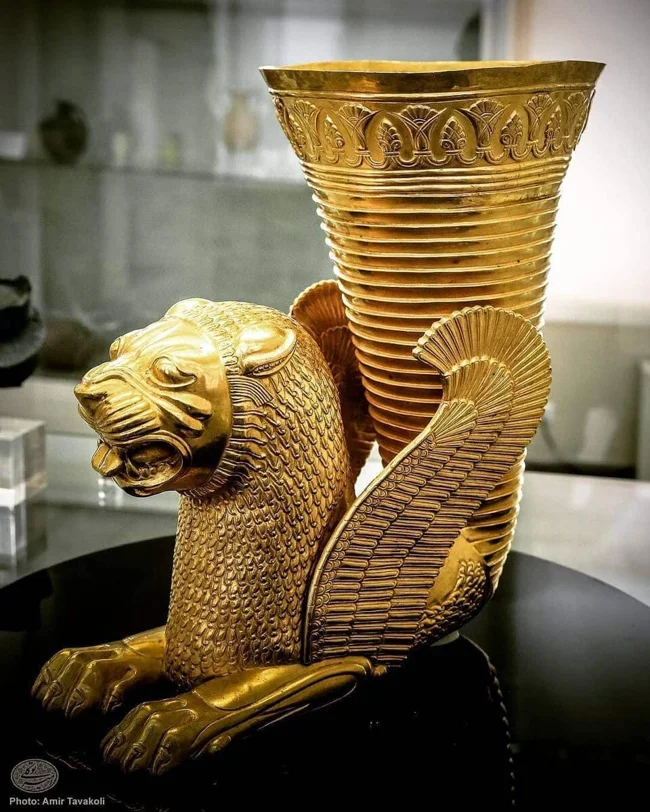
A woman is attacked by a kamikiri (hair-cutting yokai) on her way to the toilet. Japanese woodblock print from 1868. 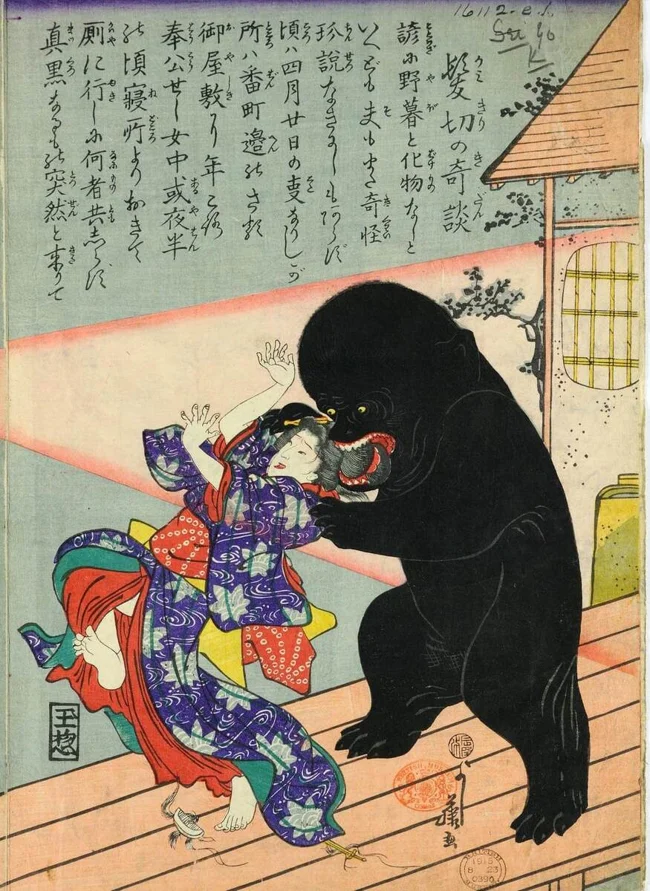
A dagger in a gold sheath studded with diamonds. Indonesia, 17th century 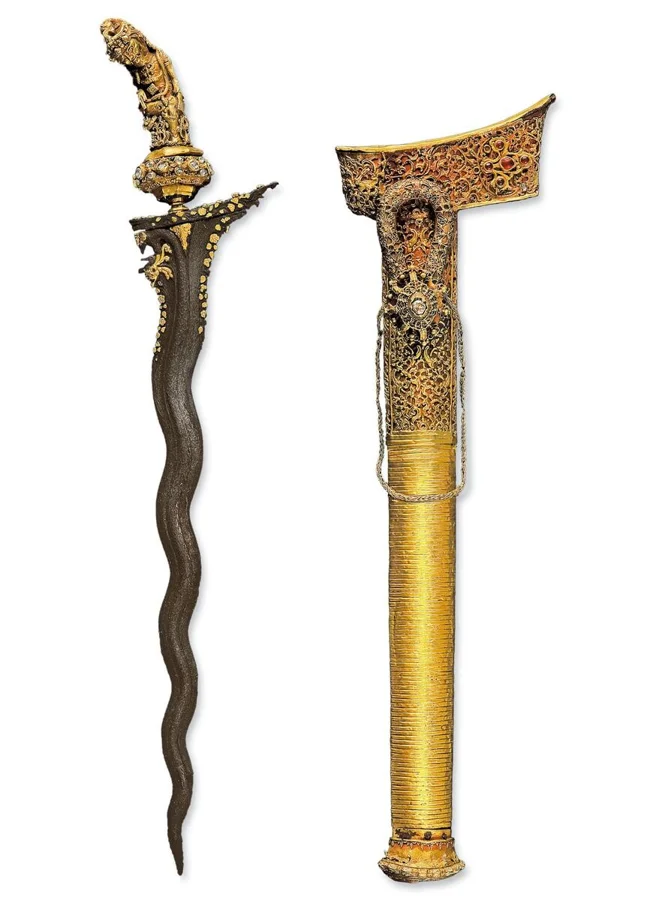
The kris is a traditional dagger with a blade shaped like this.
Golden foundation tablets of the Achaemenid king Darius I in their original stone box, 510 BC 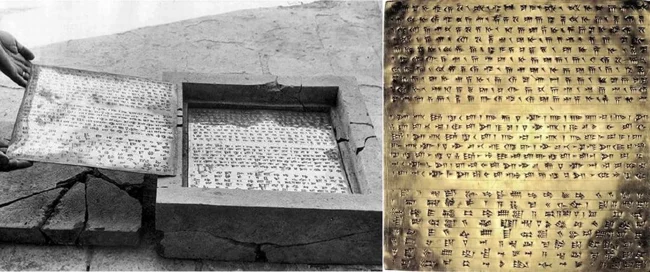
Emerald dragon pendant, Spain, 16th century 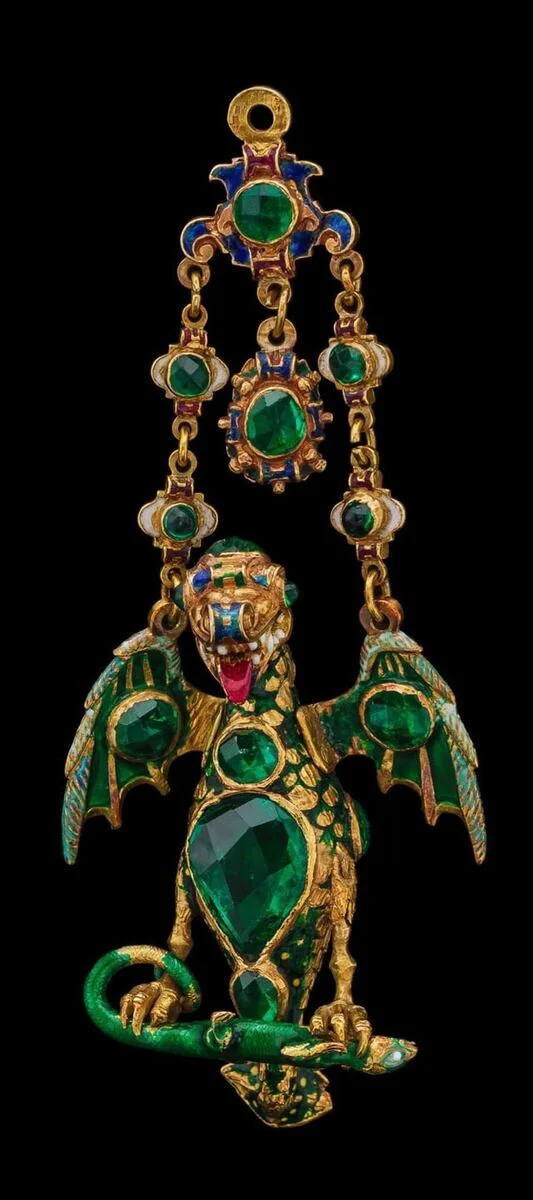
Steel and ivory combination knife and fork belonging to British Royal Navy officer Richard Grindall, circa 1795–1820 years 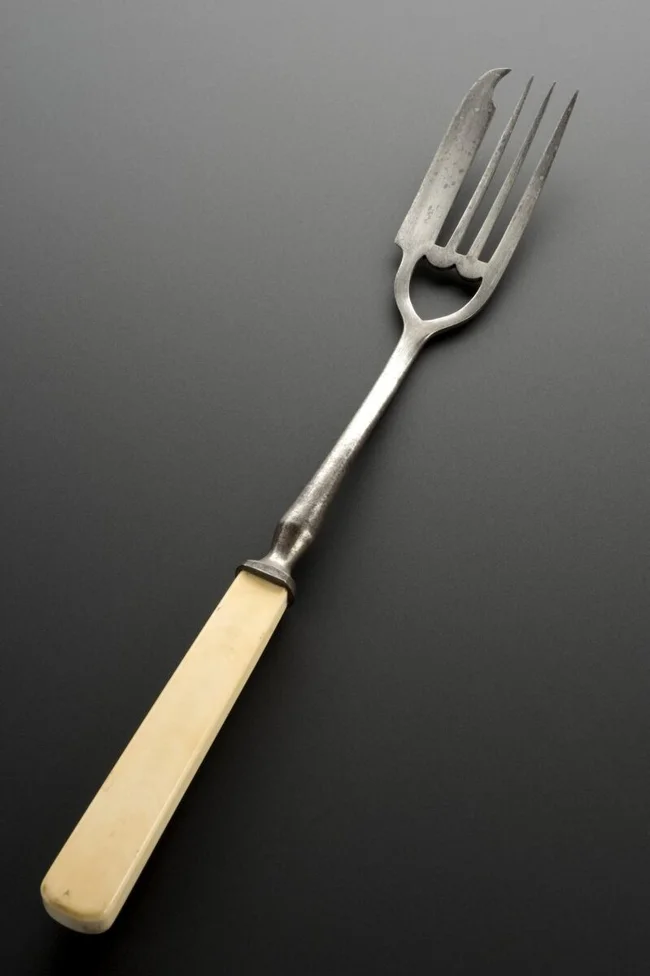
Grindall lost the use of his right hand after being injured and subsequently used this utensil for eating.
A boat carved from an olive pit, 3.4 cm long and 1.4 cm wide, 1737 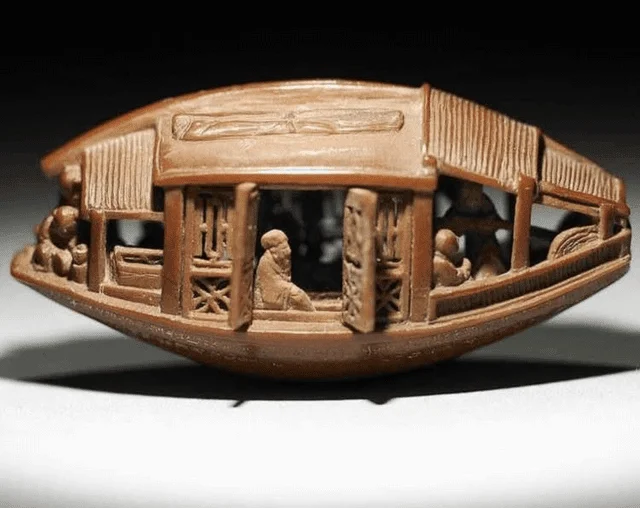
Amethyst intaglio from Ancient Rome, circa 25 BC 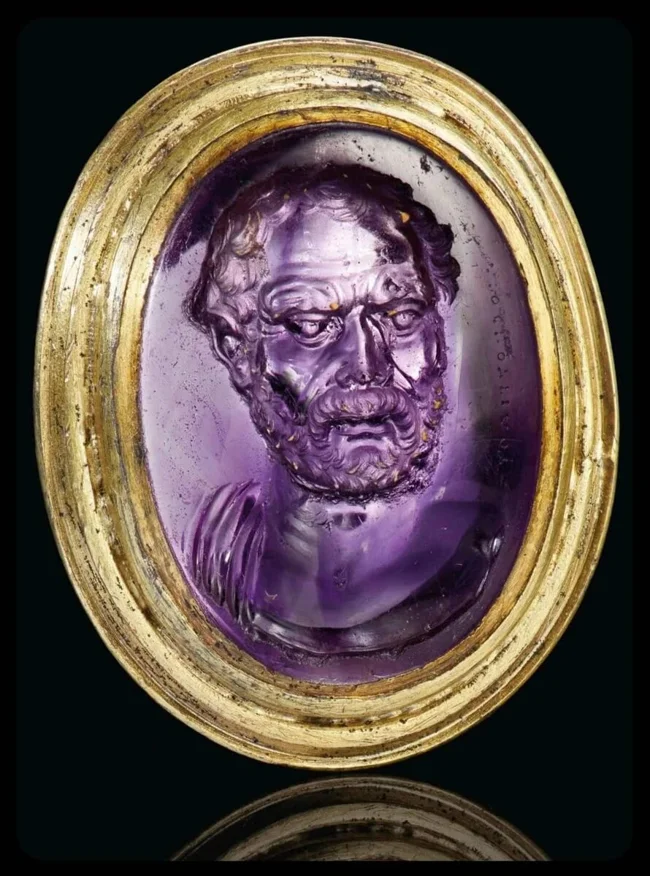
A 2 cm high ring decorated with an engraved portrait of the Greek orator Demosthenes.
A small stone elephant. Nishapur, Iran, 10th century 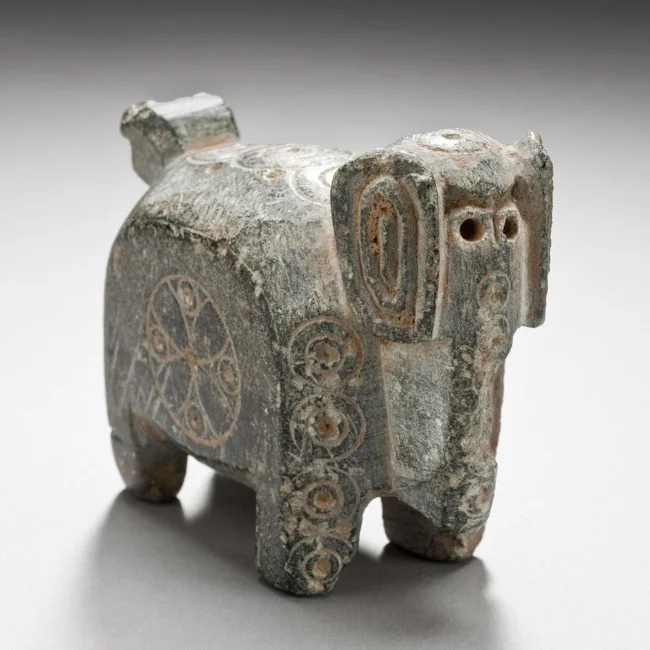
Cup from 1400 BC. Depicts four mythical winged bulls in dynamic poses with outstretched wings. 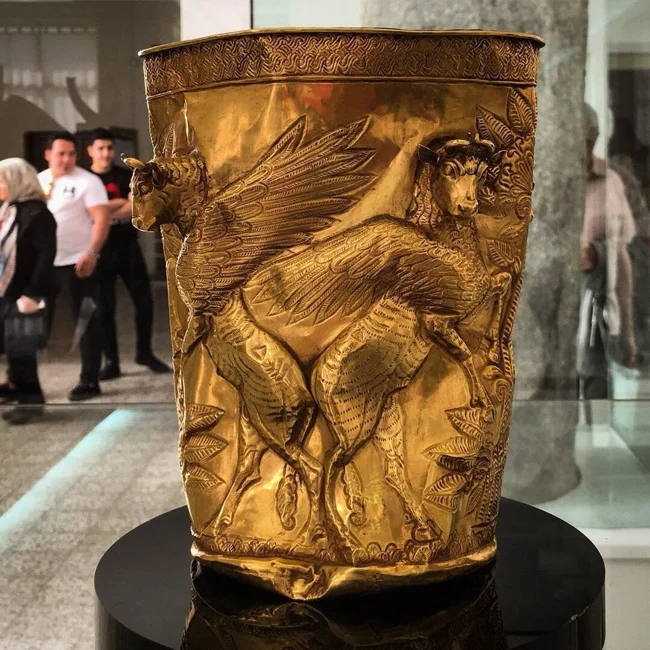
Discovered in the village of Marlik in northern Iran.
One of 42 known embroidered globes made by students at the Quaker Westtown School in Pennsylvania between 1804 and 1844. 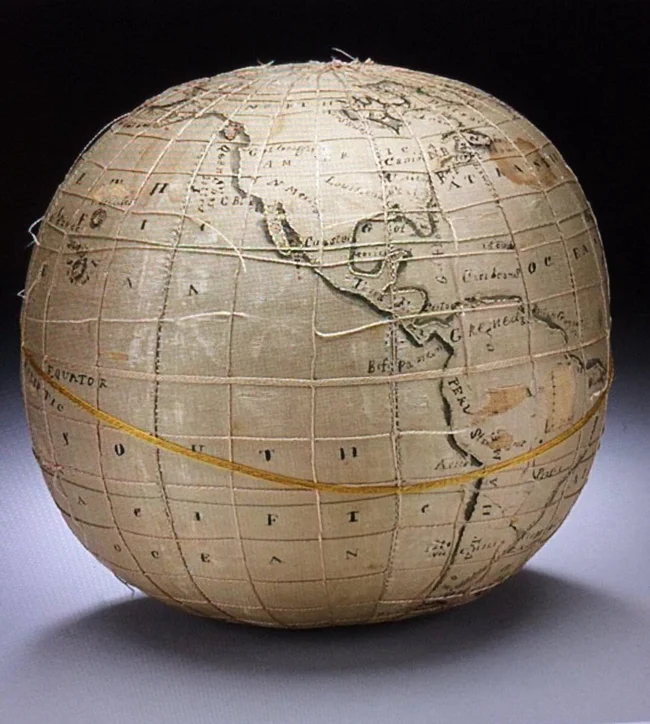
These globes were created to teach mathematical geography and astronomy through the combined practice of sewing and mapping.
